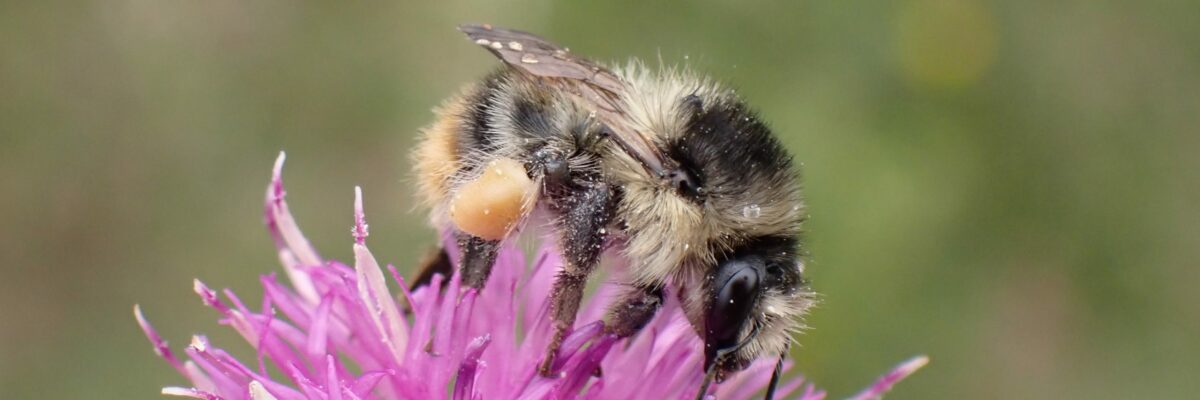Shrill Carder Bee
2025 target
By 2020, an increase in the distribution of SCB bees in recording hectads (10 km x 10 km) in Kent. In addition, by 2023, male and/or queen shrill carder bees are recorded on all Beewalk transects where the species is known to occur.
Status
One of the UK’s rarest bumblebees, which has declined rapidly in its national distribution in last 50 years. Kent remains a national stronghold; recent Kent records (2008-2019) show the species present in 17 10 km x 10 km (79 2 km x 2 km tetrads). Key sites with good numbers found along the north Kent coast in Dartford, Hoo peninsula and Swale. Records beyond Seasalter on the north Kent coast are much fewer and more scattered. Records from east Kent sites have been very few over the last decade (in single figures).
Rationale
With bumblebees, presence alone is not necessarily a good indicator of how populations are faring, and one needs to take into account effective population size (numbers of males and queens, which are the reproductive castes, as opposed to the workers). This target cannot be an annual target: the males and queens can sometimes be hard to detect and may not always get picked up on any transects. This data will be collected as part of the national monitoring scheme for bumblebees (BeeWalk).
Champion
 Bumblebee Conservation Trust
Bumblebee Conservation Trust
